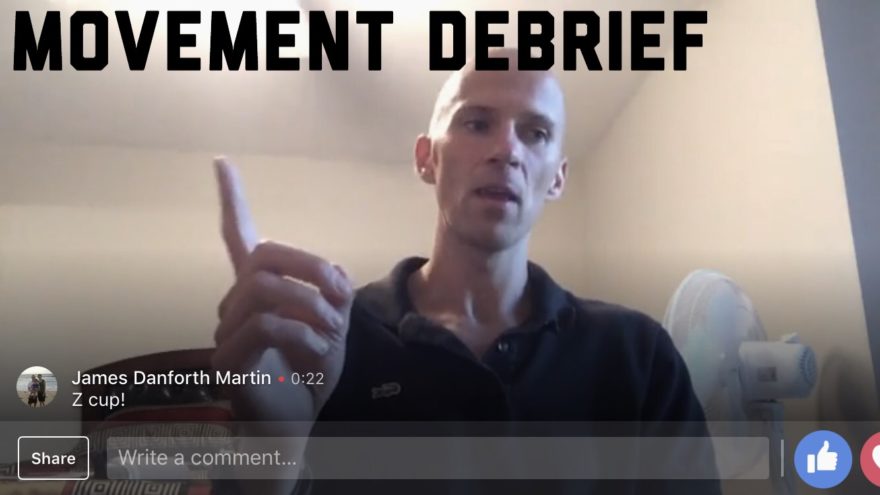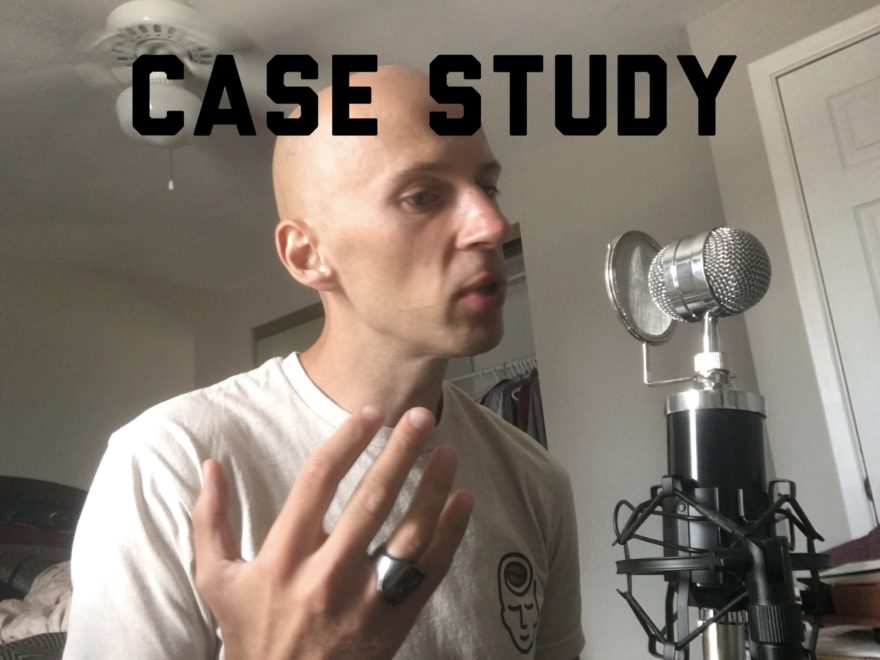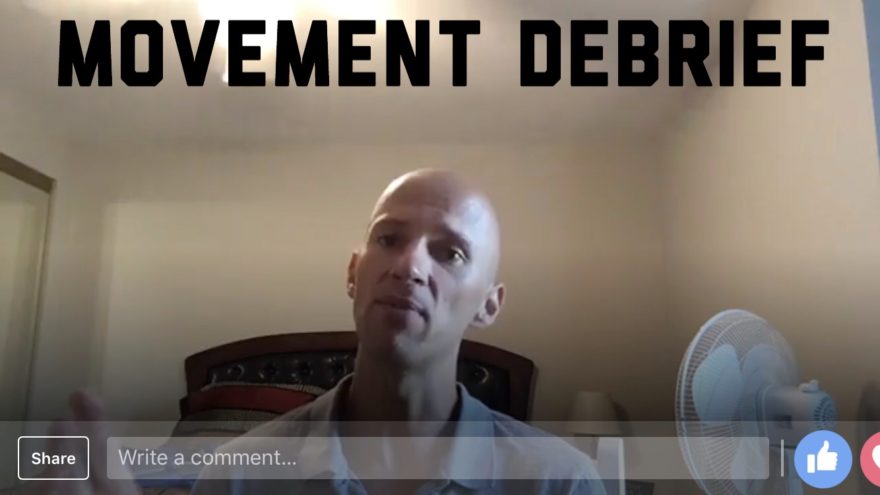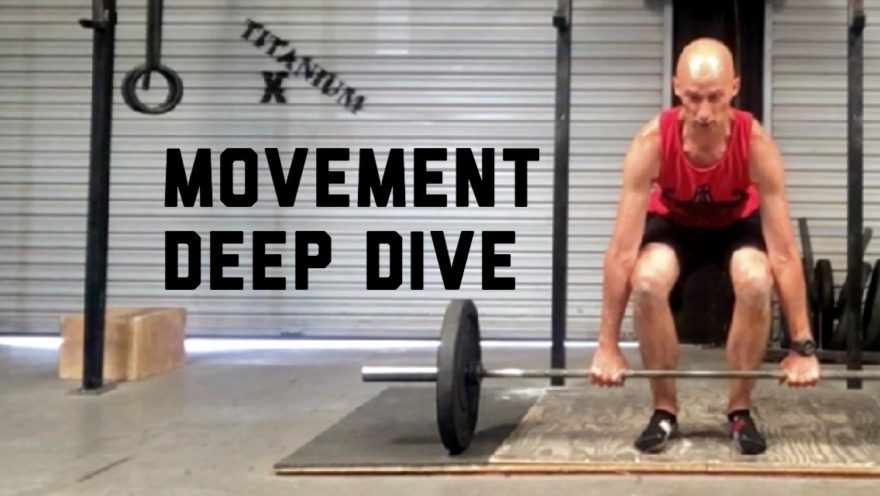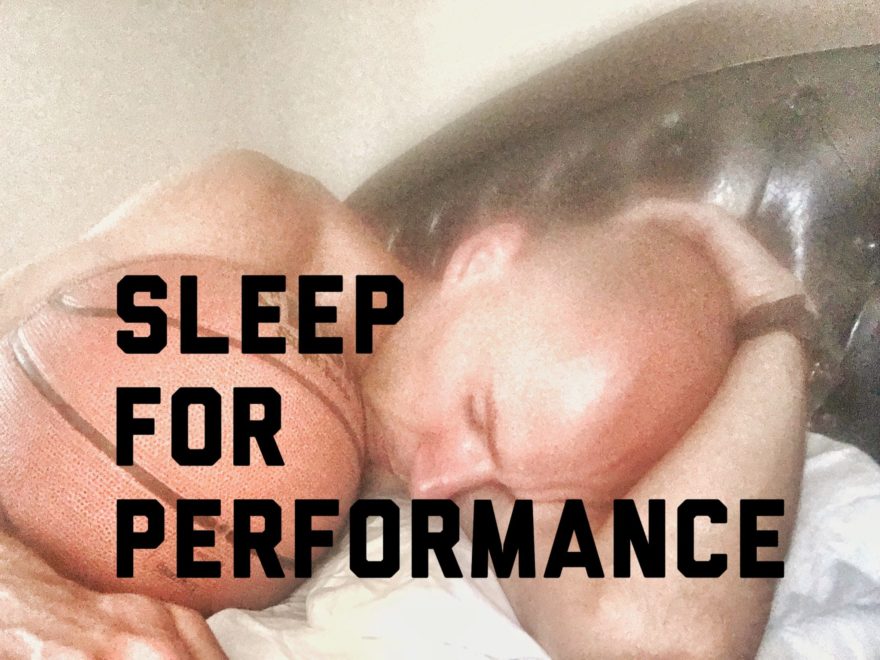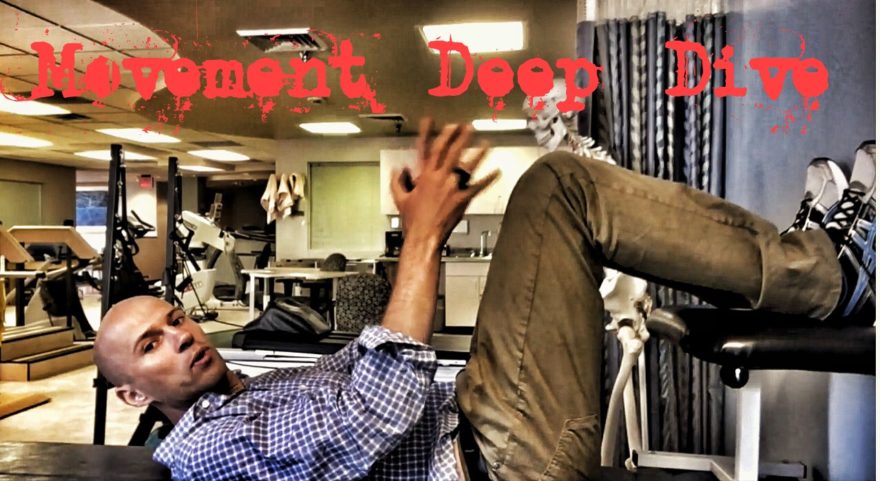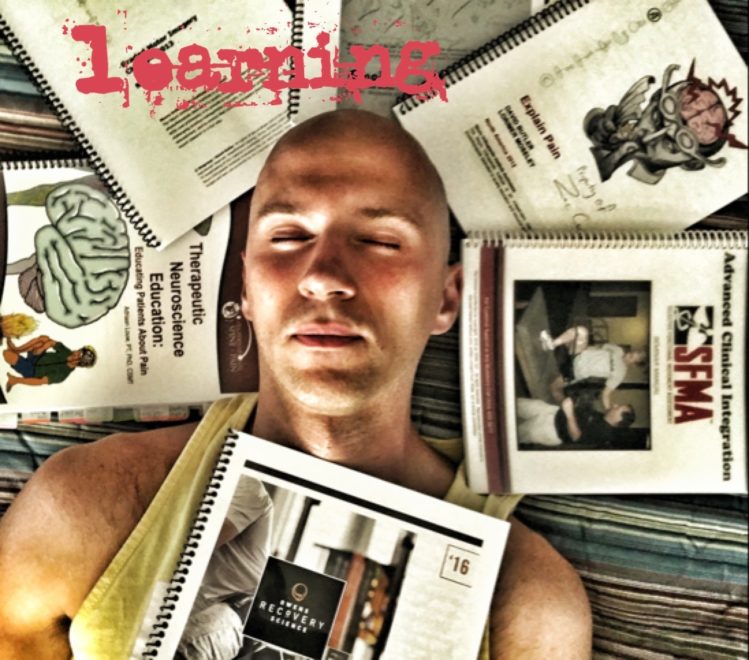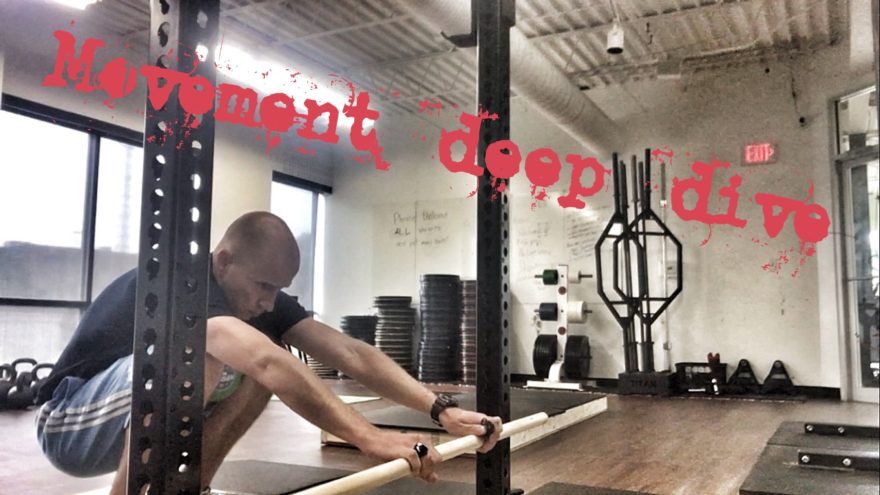I was recently featured on my buddy Scott Gray’s podcast, a great clinician in the Florida area who I have a lot of respect for. Before we dive into the podcast, let me tell you a bit about why I like this guy so much. It’s not just because he is a part of the IFAST family. I’ve been going back to the basics as of late, reviewing concepts such as tissue pathology, anatomy, surgical procedures, and the like. If there is anyone who has the fundamentals down savagely well, it is Scott Gray. He put out an Ebook called “The Physical Examination Blueprint”, which you can download by subscribing to his newsletter. Here he details all the essentials on screening your patients. To me, the most important aspect of patient care is knowing who you can and cannot treat. Stratifying your patients based on who needs to be referred out, and who you can help is essential to providing the best care. Quite simply, there are few better resources out there that outline how to do this than Scott’s ebook. In it, he delves into what relevant questions to ask, tests to perform, and establishing a relevant diagnosis. Often underlooked, yet exceptionally important components of the clinical examination. Again, I cannot recommend Scott’s ebook and site enough. It’s a great resource for many things PT, including many of his eclectic and unique manual therapy techniques. Definitely check this guy out. Rehabbing a 5th Metatarsal Fracture to High Level Basketball In
Read More